Bali-based environmental NGO, the Coral Triangle Center (CTC), is on a mission to educate millions about the oceans, and more specifically how we can protect them. Seeing their impressive Center for Marine Conservation in Sanur, this mission is well on its way.
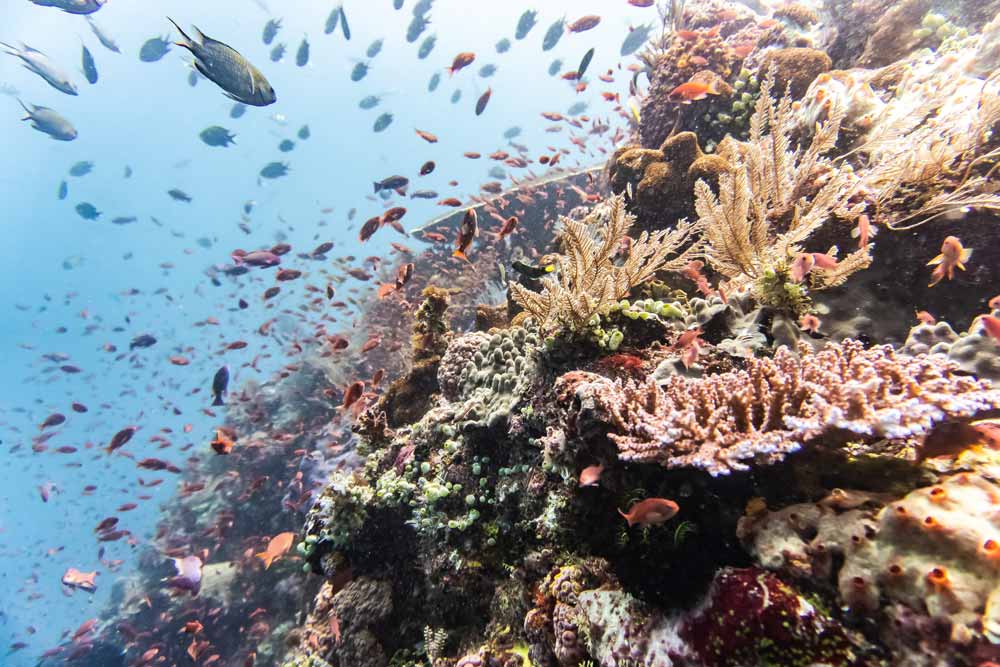
In the space of ocean found between Indonesia, Malaysia, Papua New Guinea, the Philippines, Solomon Islands and Timor-Leste you will find 76% of all known coral species on Earth, as well as 37% of all known coral reef fish species. It is called the Coral Triangle and it is considered the world’s epicentre of marine biodiversity. Whales, sea turtles, manta rays, sun fish and many other treasured sea creatures use this space of ocean as a spawning site as well.
If that still hasn’t spelled out the importance of the area, the marine and coastal resources here benefit up to 363 million people in the aforementioned countries. Needless to say, the Coral Triangle is a globally significant area of ocean both for humans and the environment. Even still, all of these marine and coastal resources are increasingly under threat, be it from development, overfishing, pollution and of course, climate change. Despite the Coral Triangle’s importance to the livelihoods, food security and even economy of the wider world, we still require efforts to protect it.
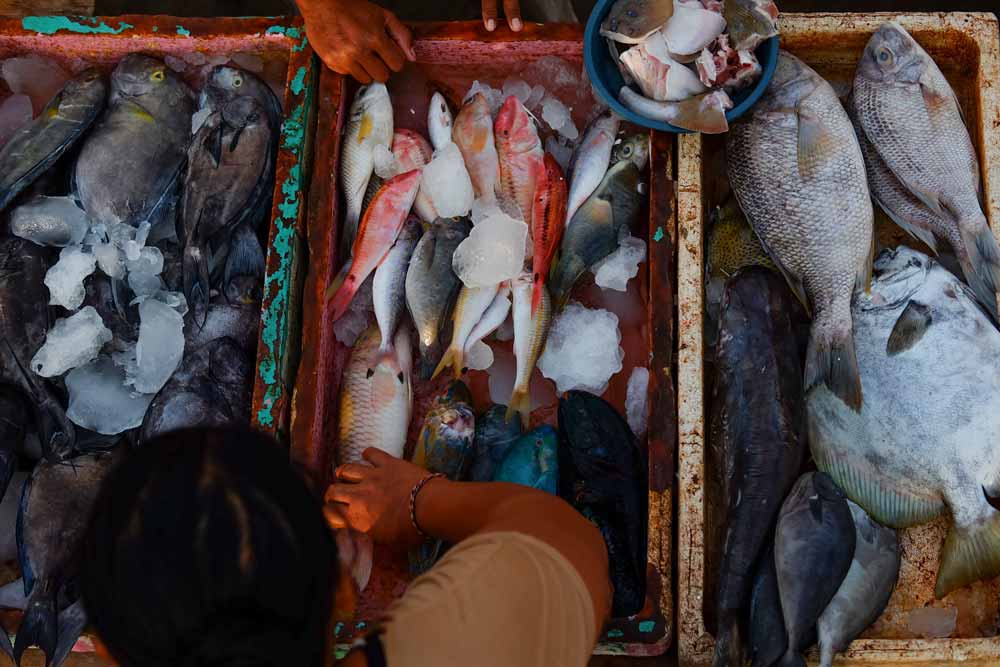
The Coral Triangle Center
Starting as a regional training arm of The Nature Conservancy, CTC became an Indonesian registered organisation in 2010, envisioned by marine ecologist Rili Djohani who continues her role as Executive Director today. Since they began, their focus was clear: to safeguard the future of the Coral Triangle.
As one can imagine, this is no easy task. The triangle makes up for 1.6% of the world’s ocean area and so the organisation takes the approach of ‘regional scope with a global impact’. Their initiatives are vast, ranging from engaging with coastal communities to working with the Indonesian Ministry of Marine Affairs and Fisheries. In a nutshell, the objective is to train, educate and enable as many people, across multiple scales, on how to protect marine environments. People are the focus, as it is people (directly and indirectly) who have the largest effect on our seas. With every additional person who understands marine conservation, the efforts of CTC are multiplied.
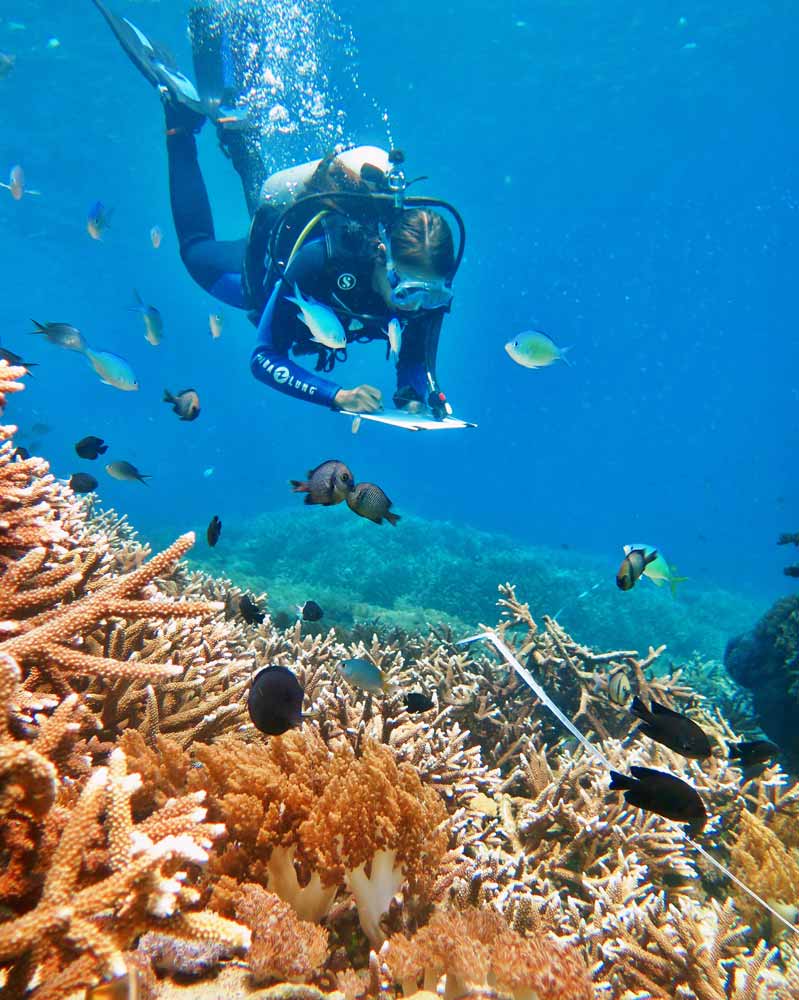

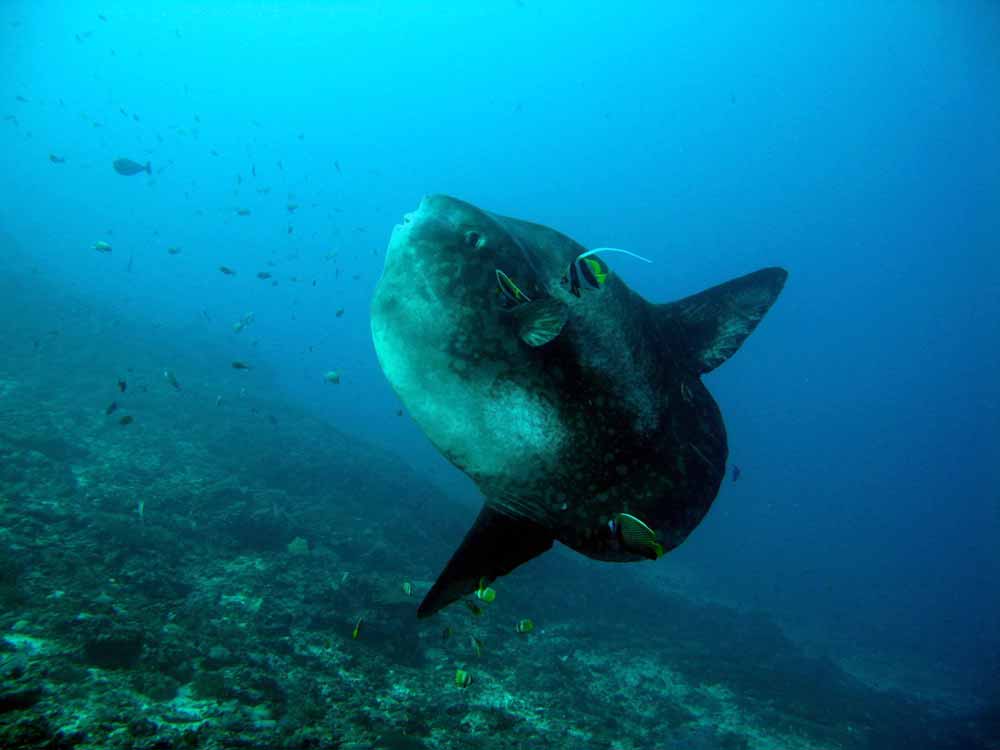
One of the most important aspects of this educational outreach is continued development of Marine Protected Areas (MPAs): areas of ocean where human activities are strictly managed due to their ecological importance, much like a national park. There are 411 MPAs in Indonesia, including one here in Bali: the Nusa Penida MPA is a total area of 20,057 hectares of sea surrounding Nusa Penida, Nusa Ceningan and Nusa Lembongan. With 290 coral species, 576 reef fish species and sightings of manta ray and the ocean sunfish, it’s clear why the area has been so popular for divers. These MPAs work as living laboratories for research, but are also key on-site training grounds for scientists, tourist practitioners, government officials, other NGO staff and more. A whole range of stakeholders of the ocean learn firsthand from CTC and partners, not least the communities that engage with and live-off the coastal or marine resources.
Again – like the ocean itself – CTC’s initiatives are vast. From creating learning networks across the six ‘CT’ countries, to training women leaders, to creating public-private partnerships, it takes a whole suite of strategies to effectively address the protection of marine environments.
Center for Marine Conservation
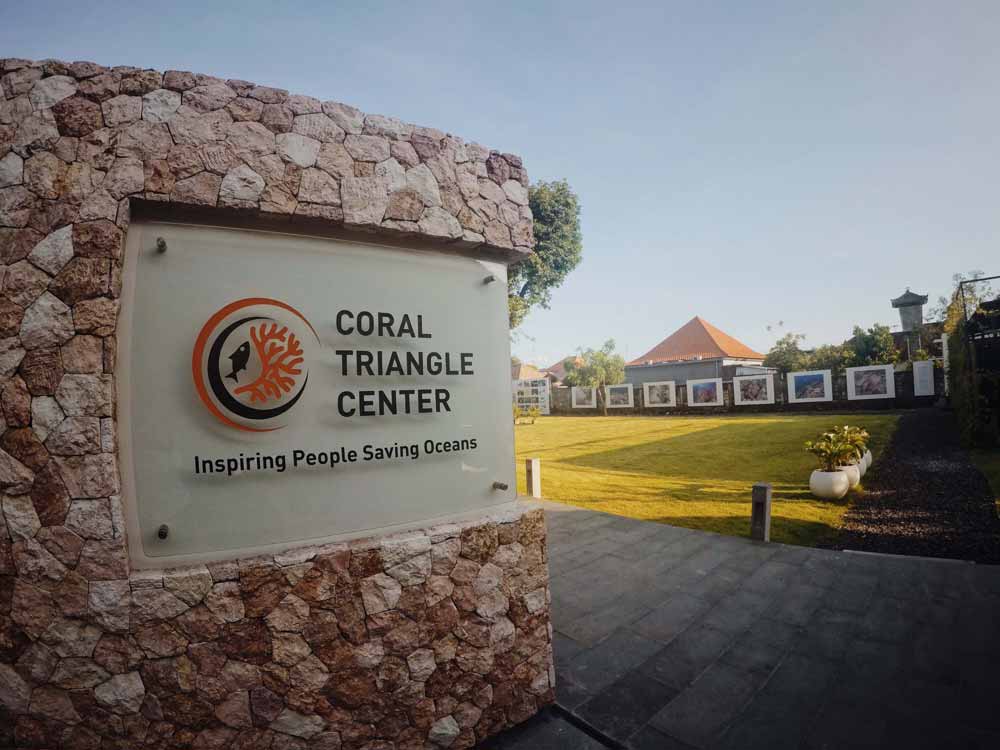
Alleviating dependency on grants, donations and programs, the CTC had an ambitious plan to create a sustainable business model to fund their important initiatives. This is the Center for Marine Conservation, which opened in Sanur in 2017. This inspirational learning destination is used to educate people about ocean conservation, the proceeds of which can then be used to fund their national and regional initiatives.
The modern centre feels like a friendly university campus, with classrooms and halls surrounding a central garden courtyard. Yes, a university for ocean-lovers, home to two training pavilions, Bali’s deepest dive pool, an exhibition hall, field learning stations and a training laboratory. New developments include a stunning bamboo pavilion to welcomes visitors, complete with a café and gift shop.
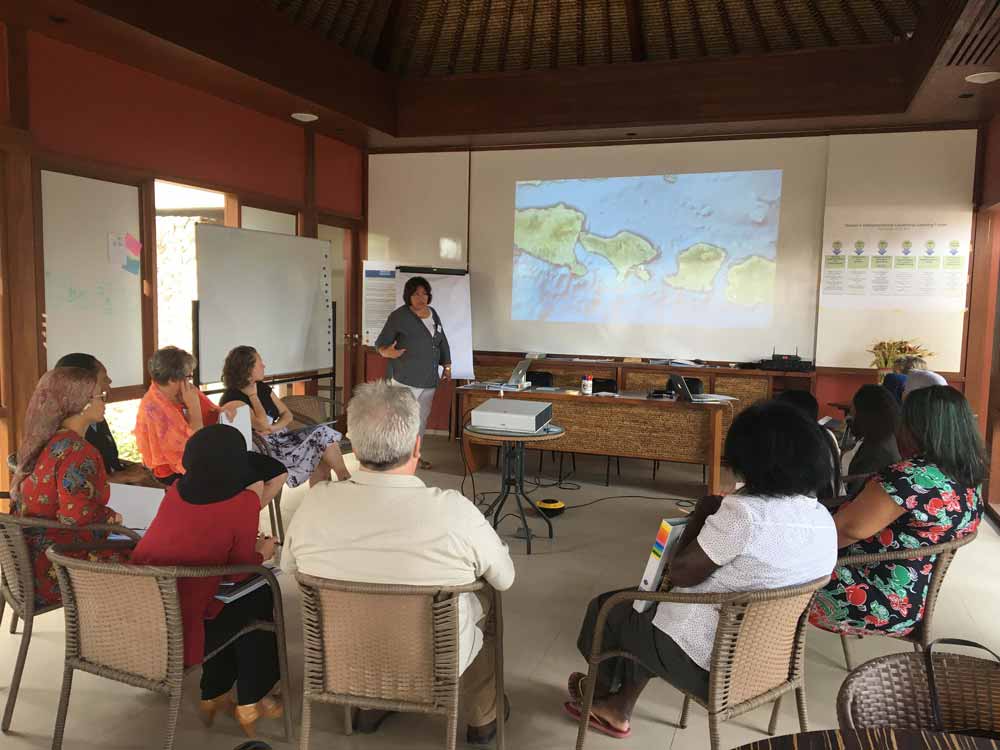
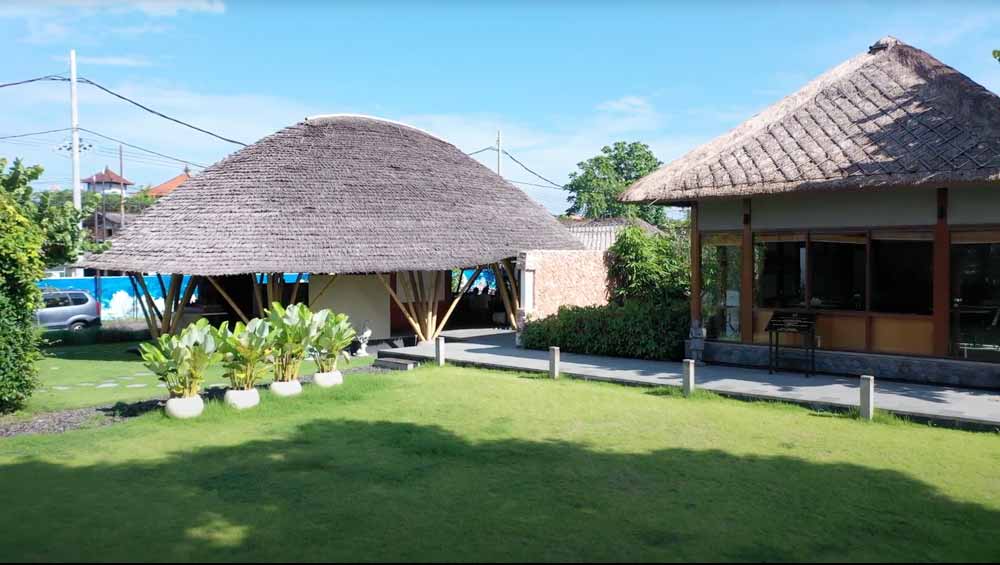
As education is at the centre of the facility, CTC has created 26 training modules which focus on particular aspects of ocean conservation — importantly they have made their educational experiences entertaining and enjoyable for all.
For example, they have developed two immersive Escape Room experiences. Professionally designed, the two games, ‘SOS From the Deep’ and ‘SOS Plastic Danger’, create a fun and interactive way to learn about coral reefs and plastic pollution issues respectively. These are found on-site and are great activities for kids or families to try, and all proceeds from the room support CTC’s marine conservation efforts around the Coral Triangle.
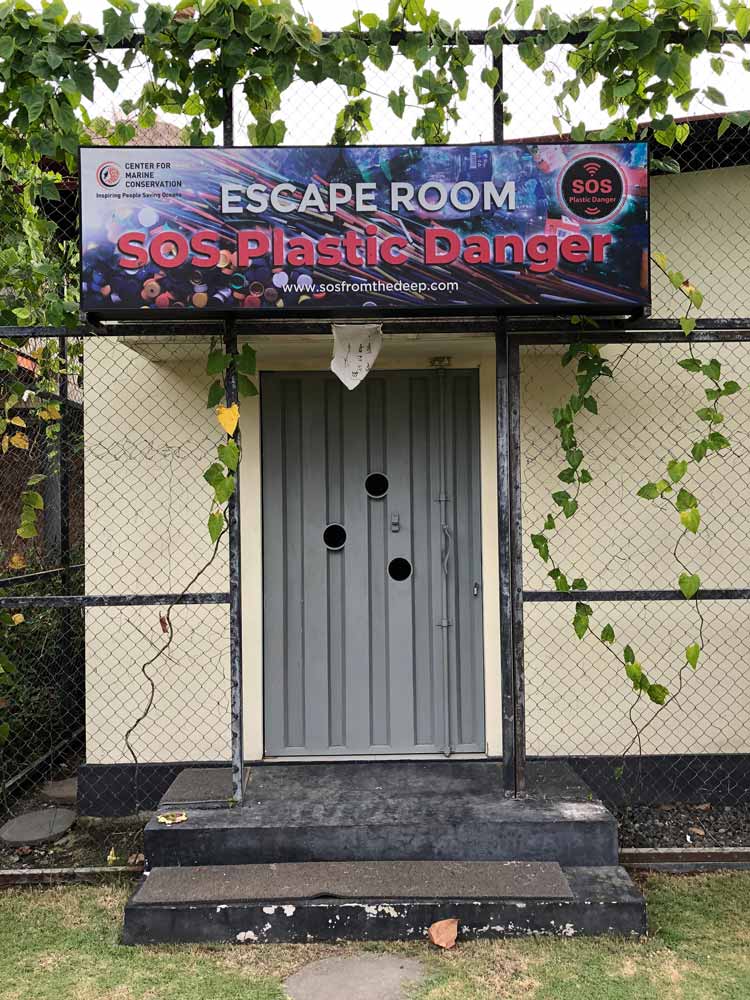
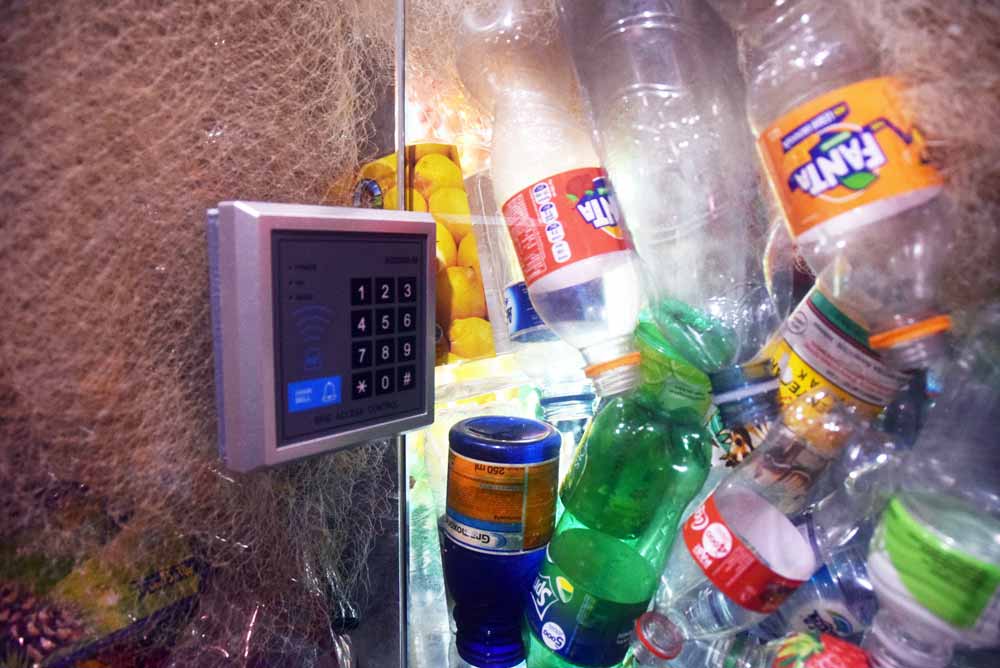
The most noticeable wall in the centre displays ‘Coral Universe’, a community-made ceramic installation displaying swirling, handmade coral figures, representing the colour (and bleaching) of the six CT countries. It was designed by US-based artist Courtney Mattison. Interestingly, the CTC teamed explained that some of their visitors had never even seen coral in real life, and thus the realistic ceramic artwork is a window into what lives under the sea.
Also displayed on the walls are the colourful wayang kulit, or shadow puppets. Called Wayang Samudra, these are bespoke puppets made to represent marine animals, coral reefs and divers, all handmade in Central Java and commissioned by CTC. Merging ancient Indonesian culture into the storytelling of marine conservation, the puppets are used in performances to teach children about sea life and ocean issues. CTC even created their very own board game, Aquatico, to further integrate ocean education into fun experiences.
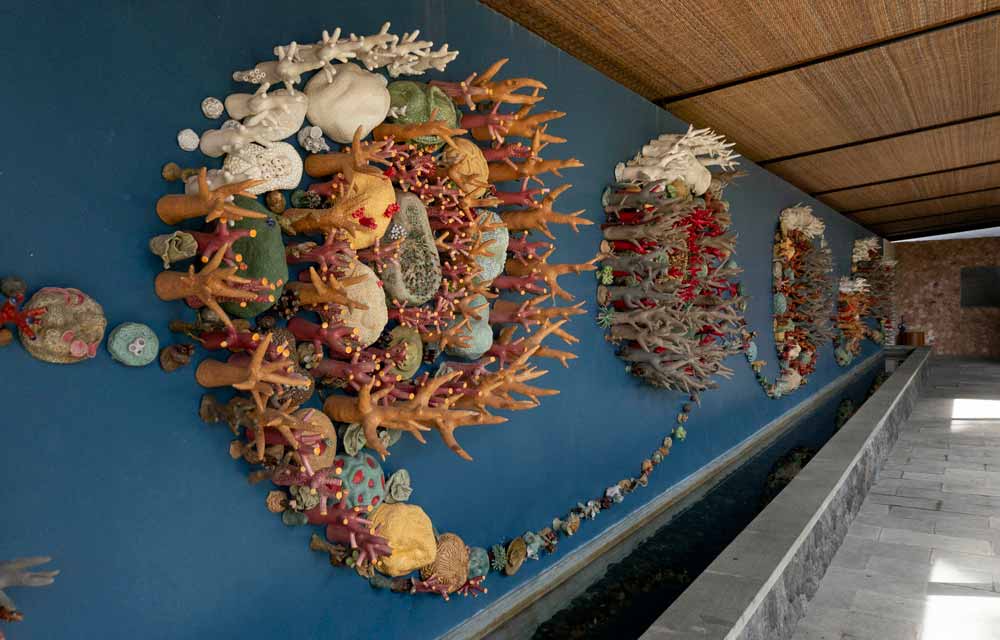
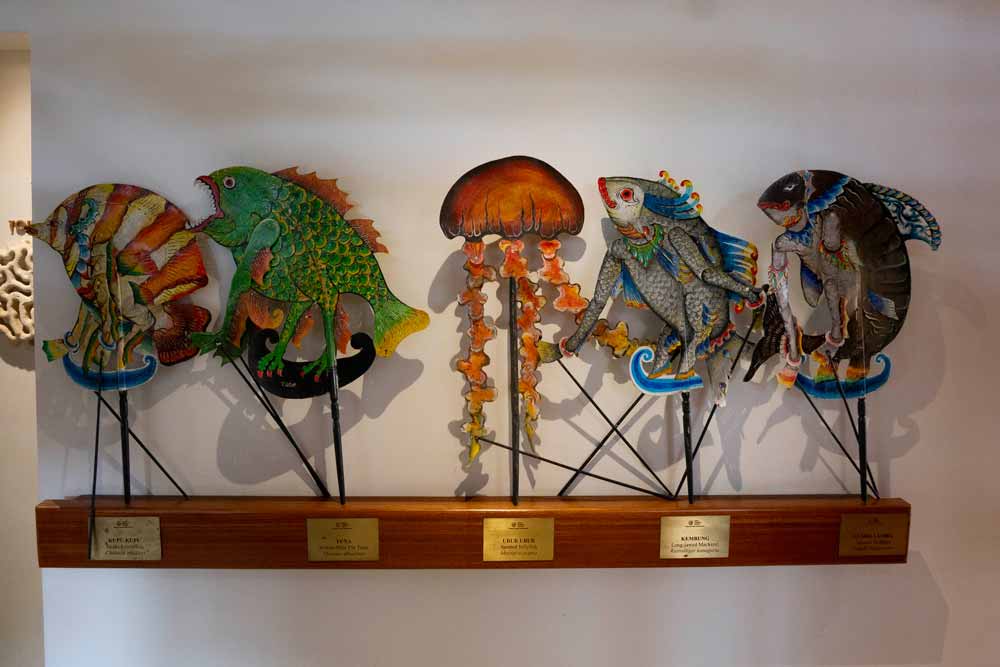
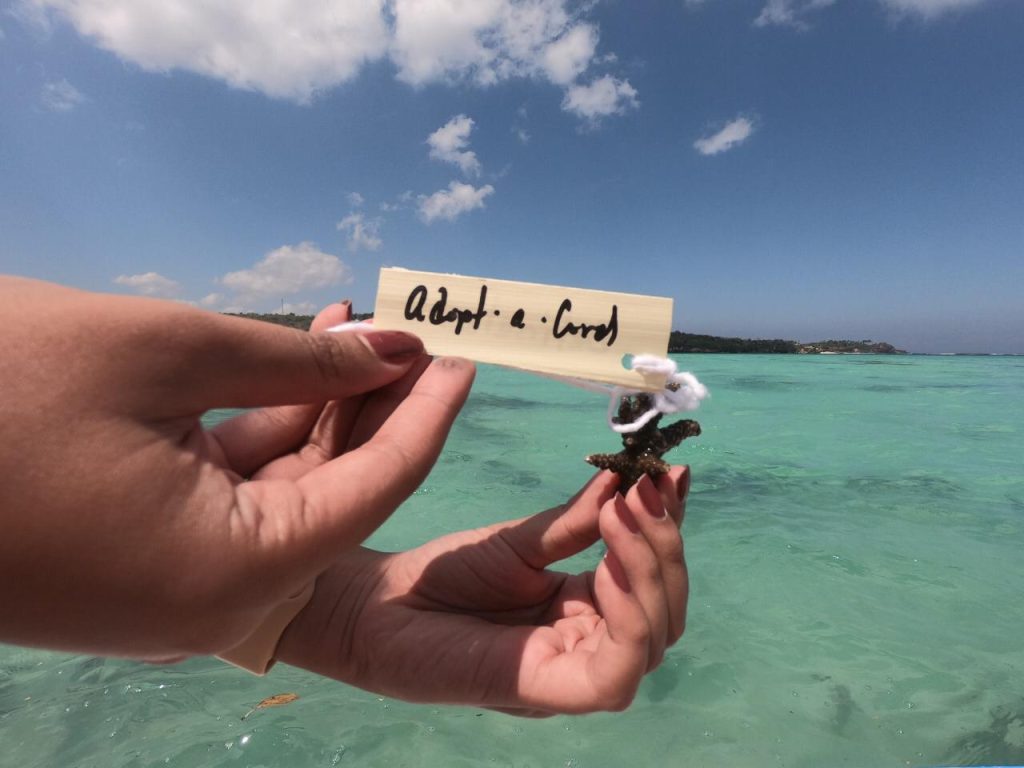
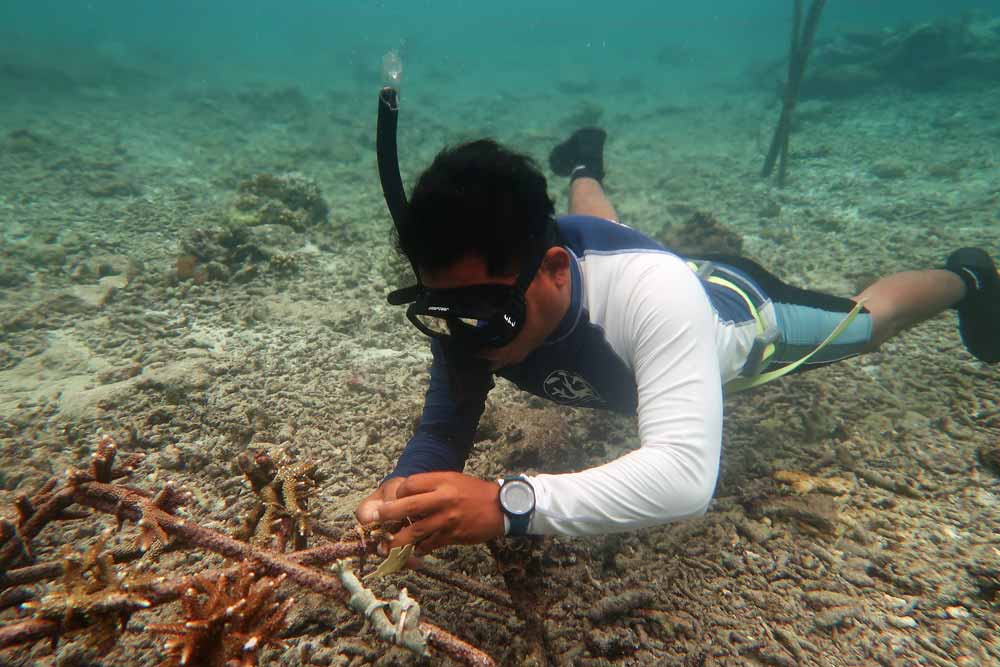
Even more exciting is the next phase of the centre’s development, which is to introduce sophisticated displays into their exhibition hall. Think interactive digital experiences you might find at the Singapore science museum, for example, where families can spend the day interacting, learning and creating as they discover the wonders of and issues facing our ocean.
All of the proceeds from the centre are used in CTC’s many initiatives around Indonesia and the Coral Triangle. There are other experiences offered off-site as well such as their Adopt-a-Coral program. Open to the public, you can visit the Center for Marine Conservation now in Sanur and learn more about the oceans around us and what CTC is doing to protect them.
Coral Triangle Center
Jalan Betngandang II, 88-89, Sanur
+62 811 39 400400
savingoceansnow.com
coraltrianglecenter.org







